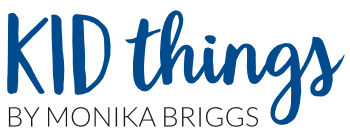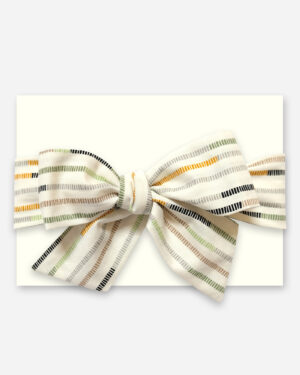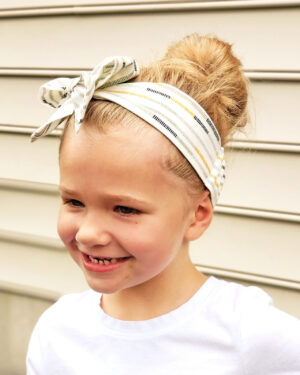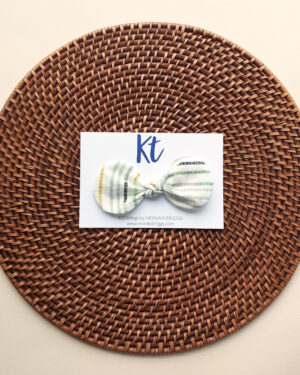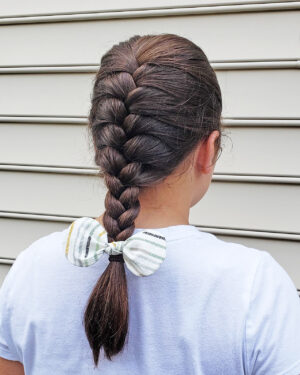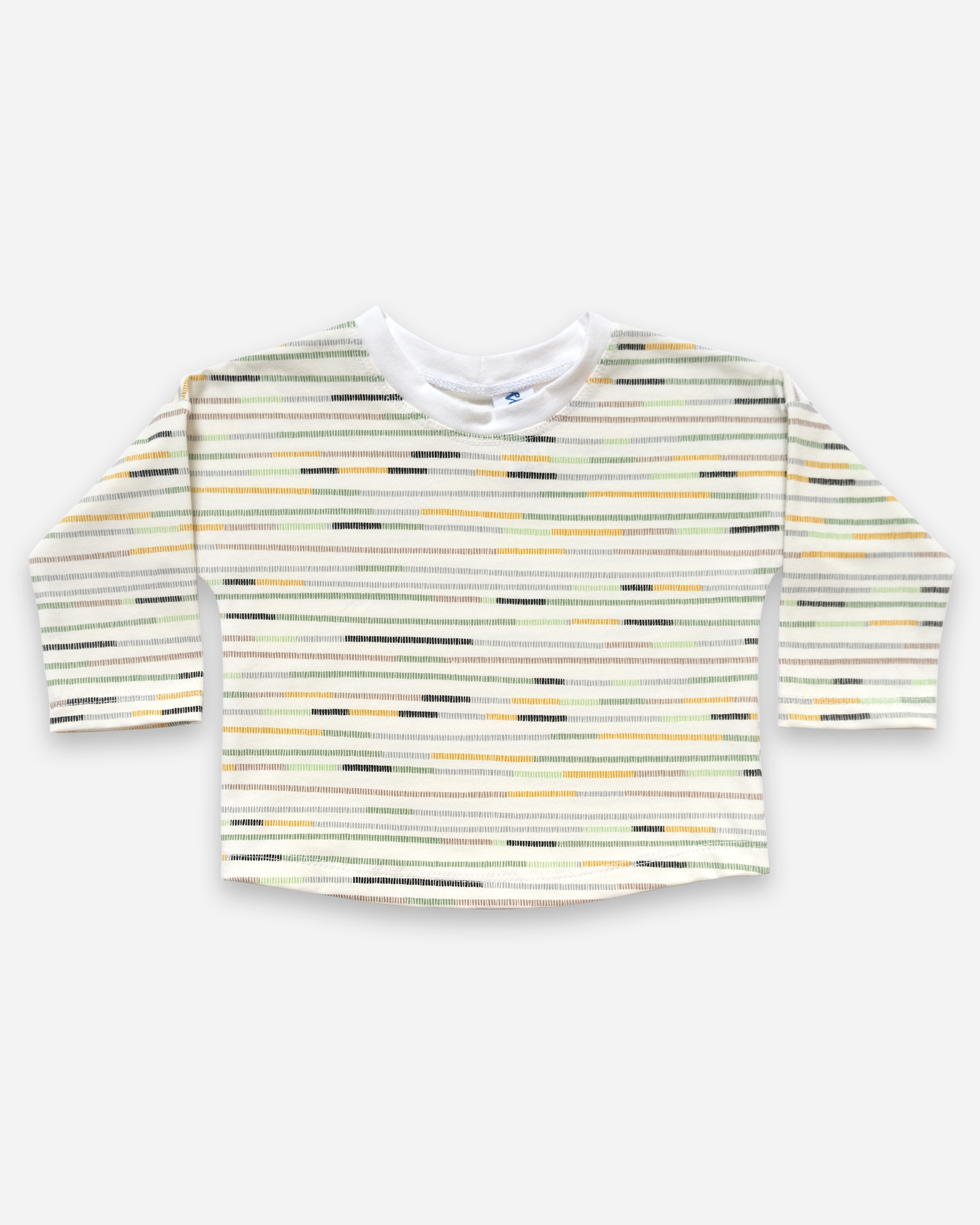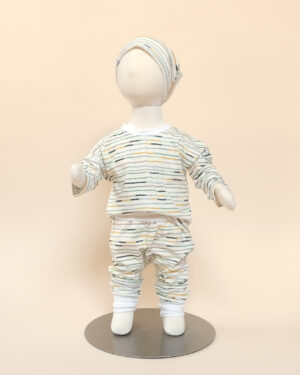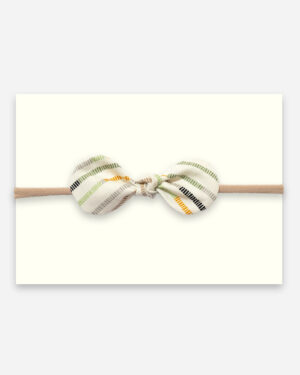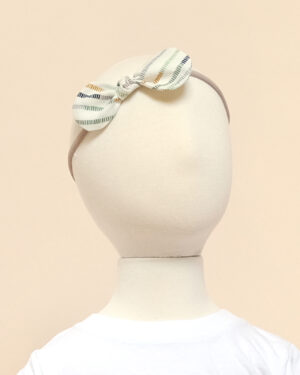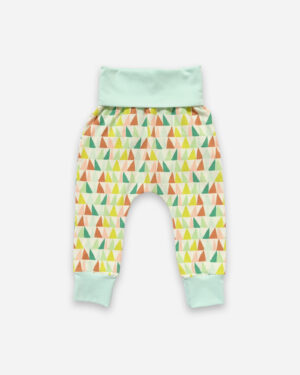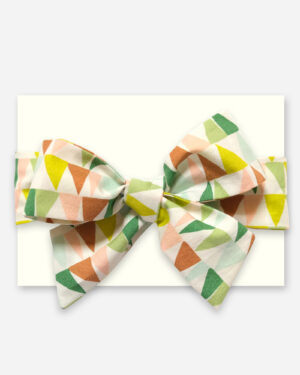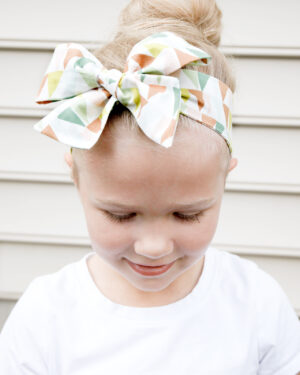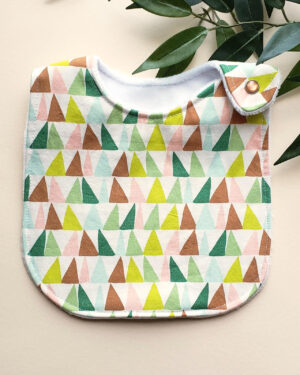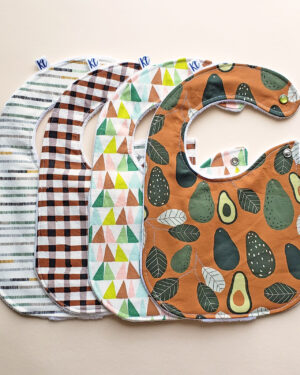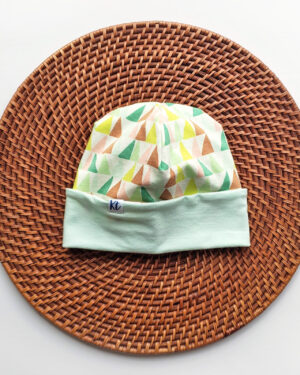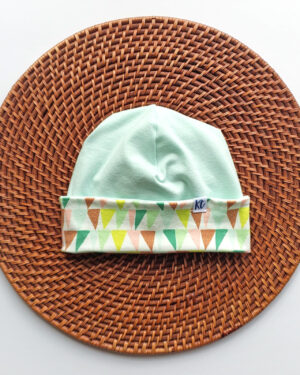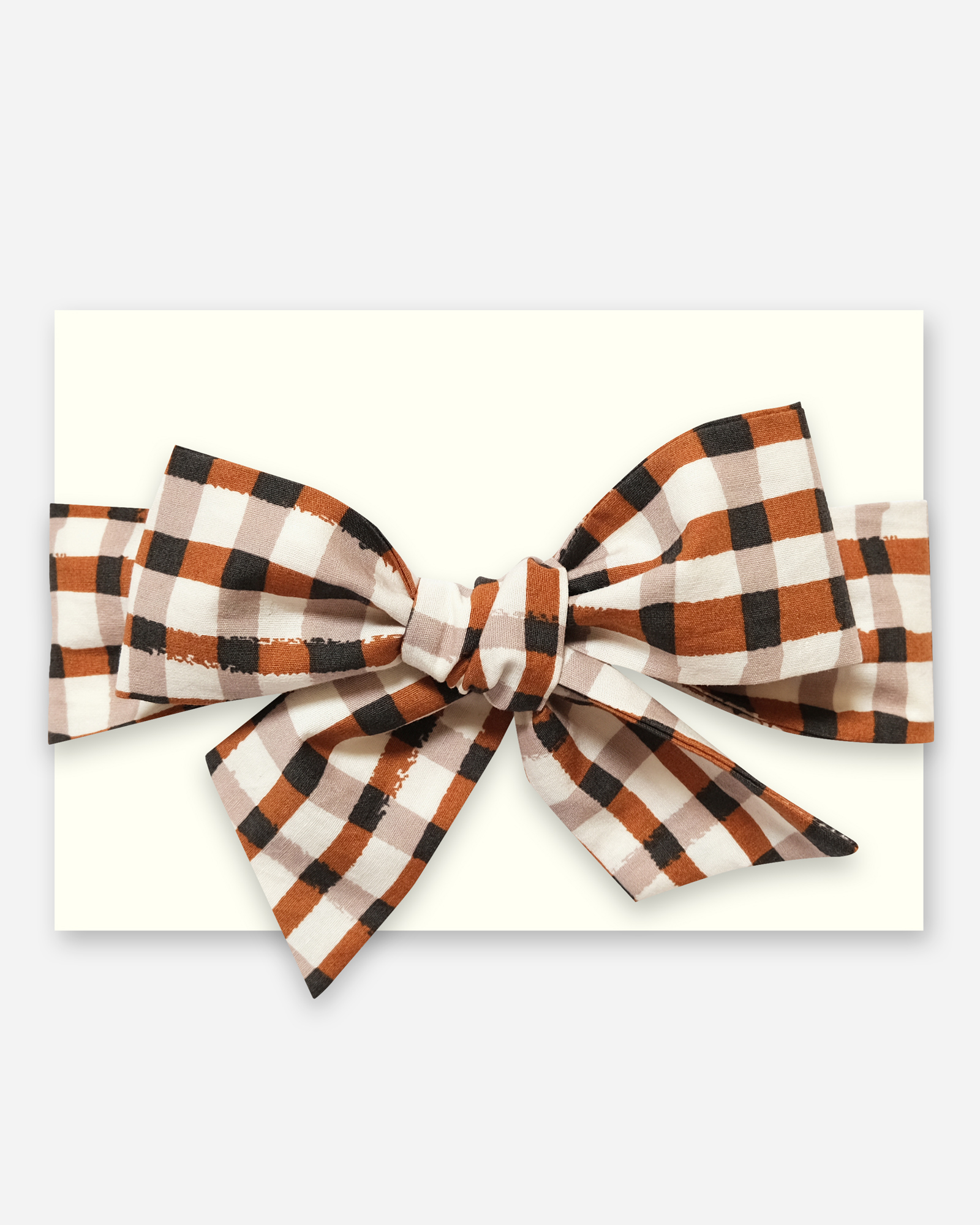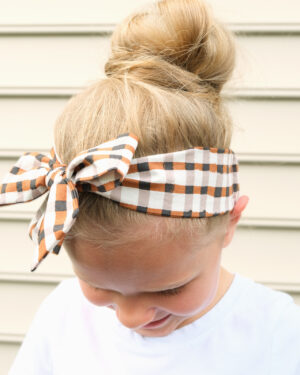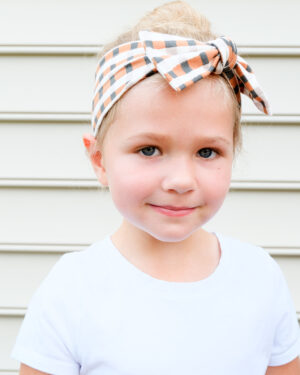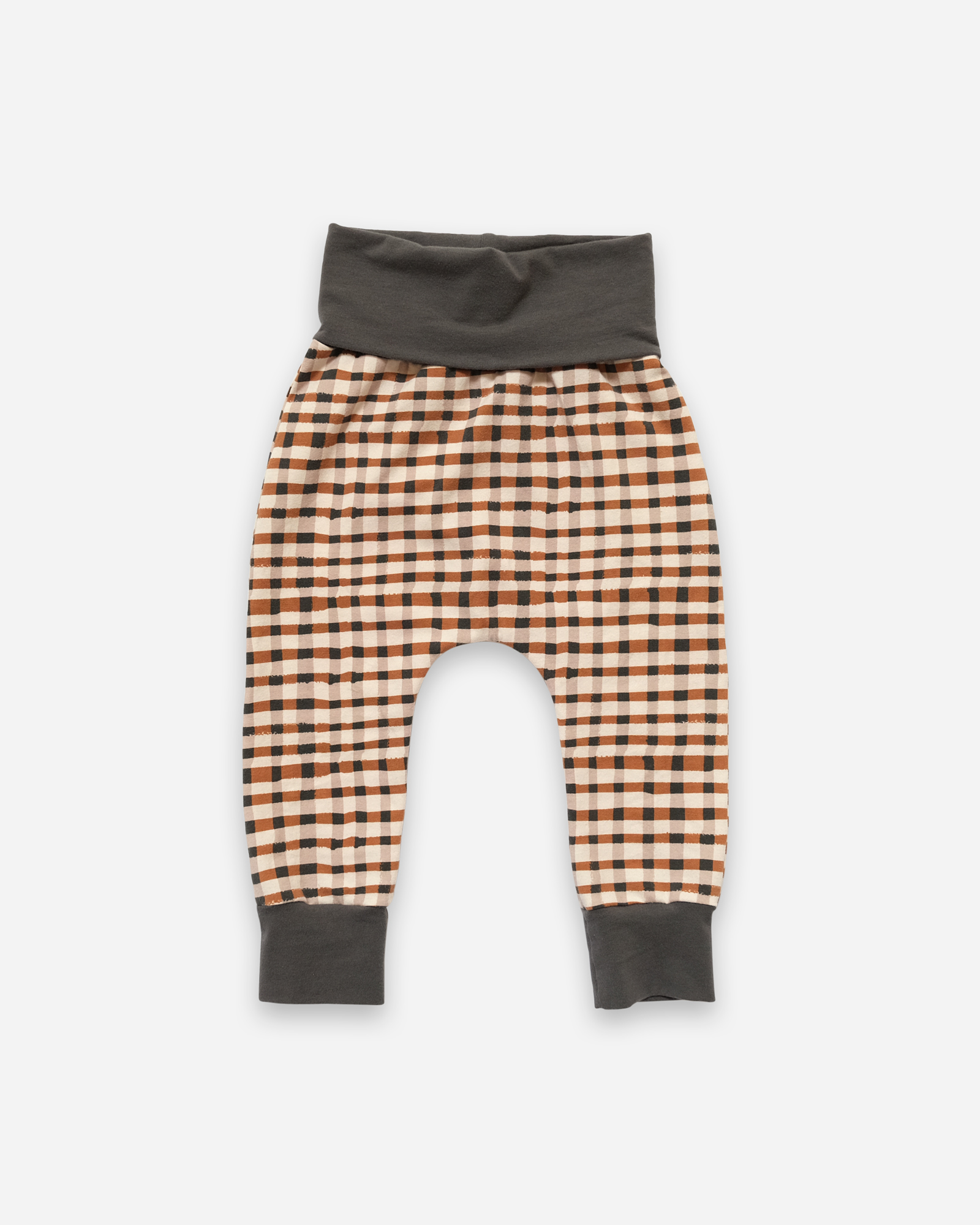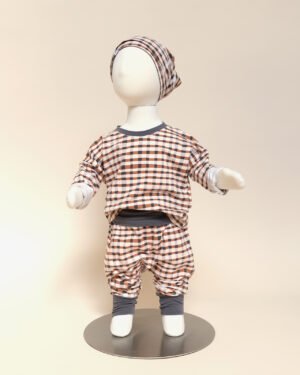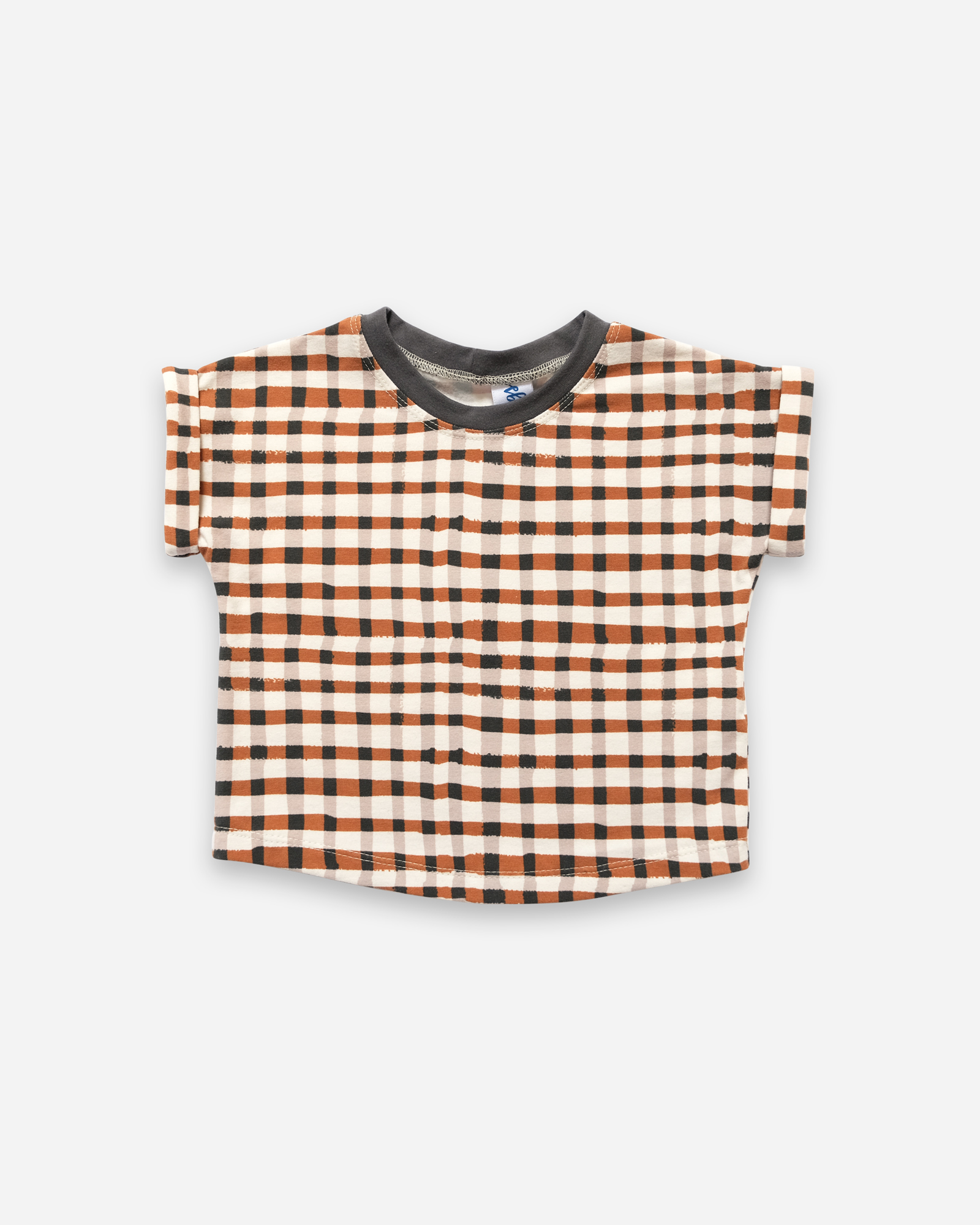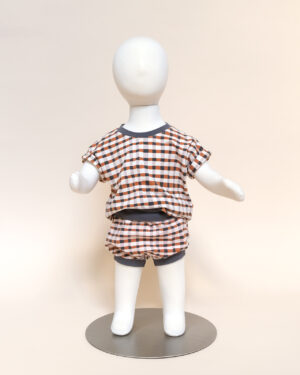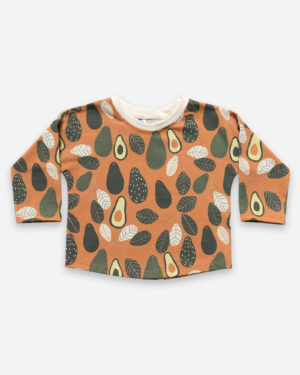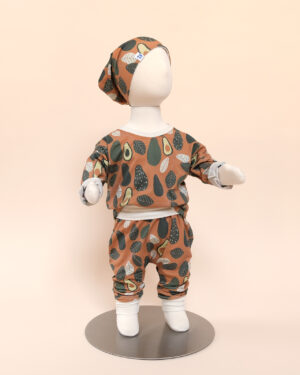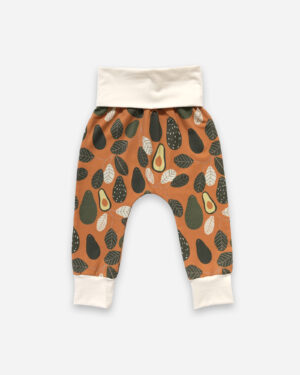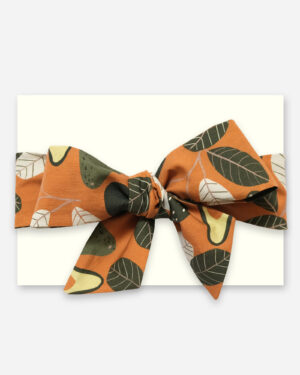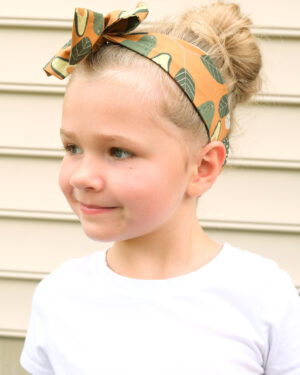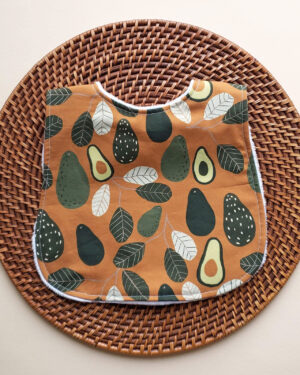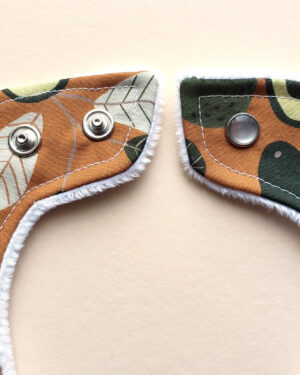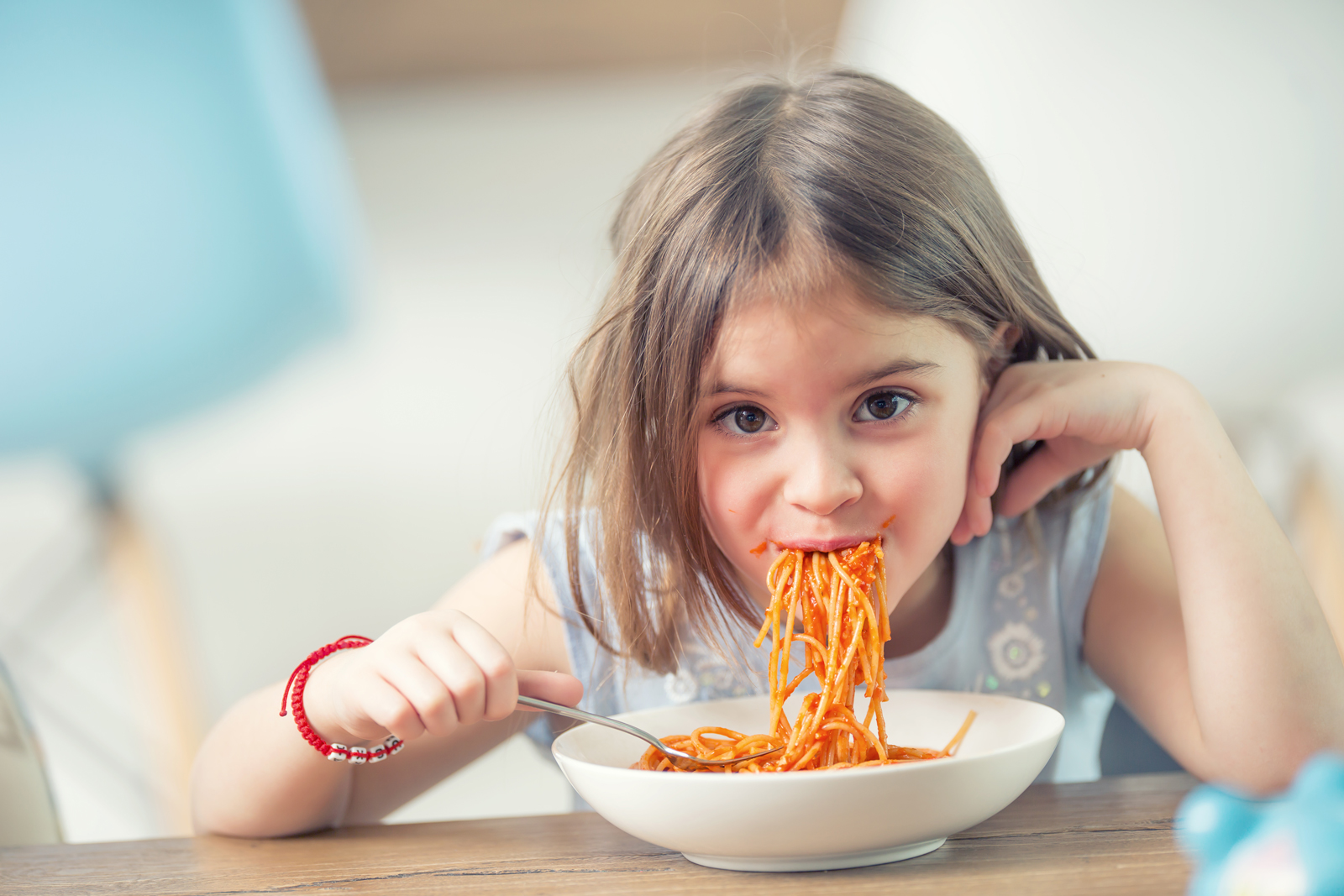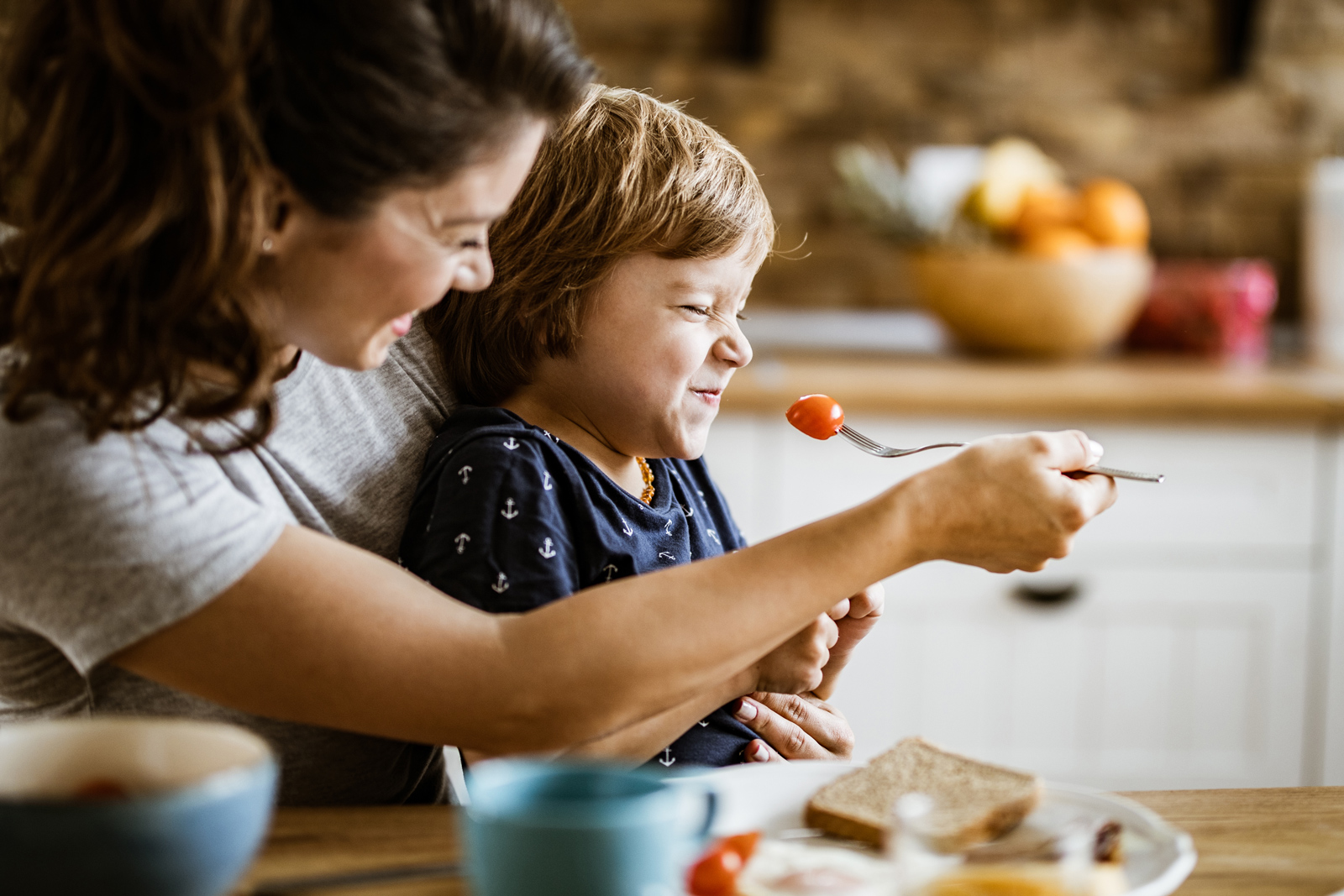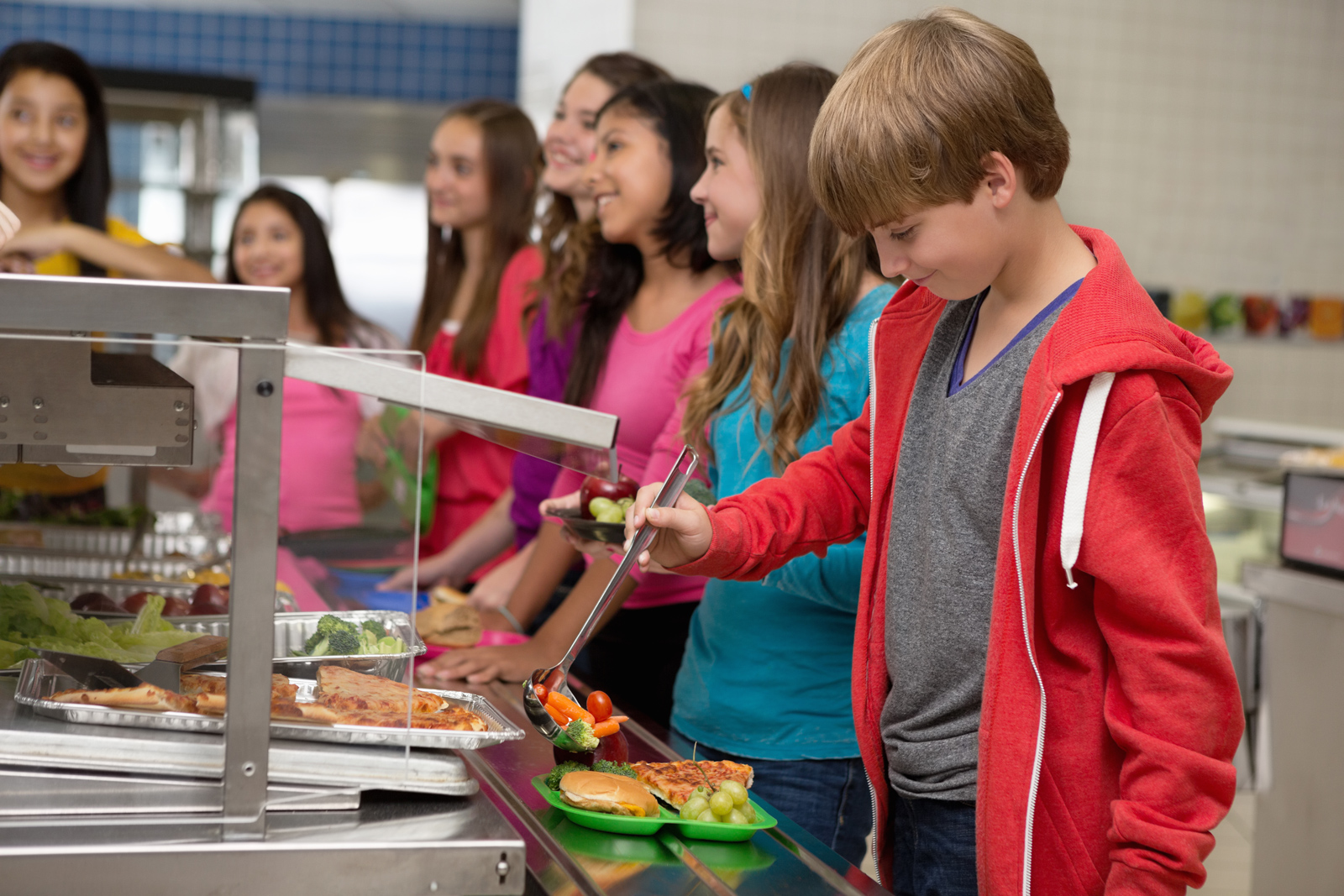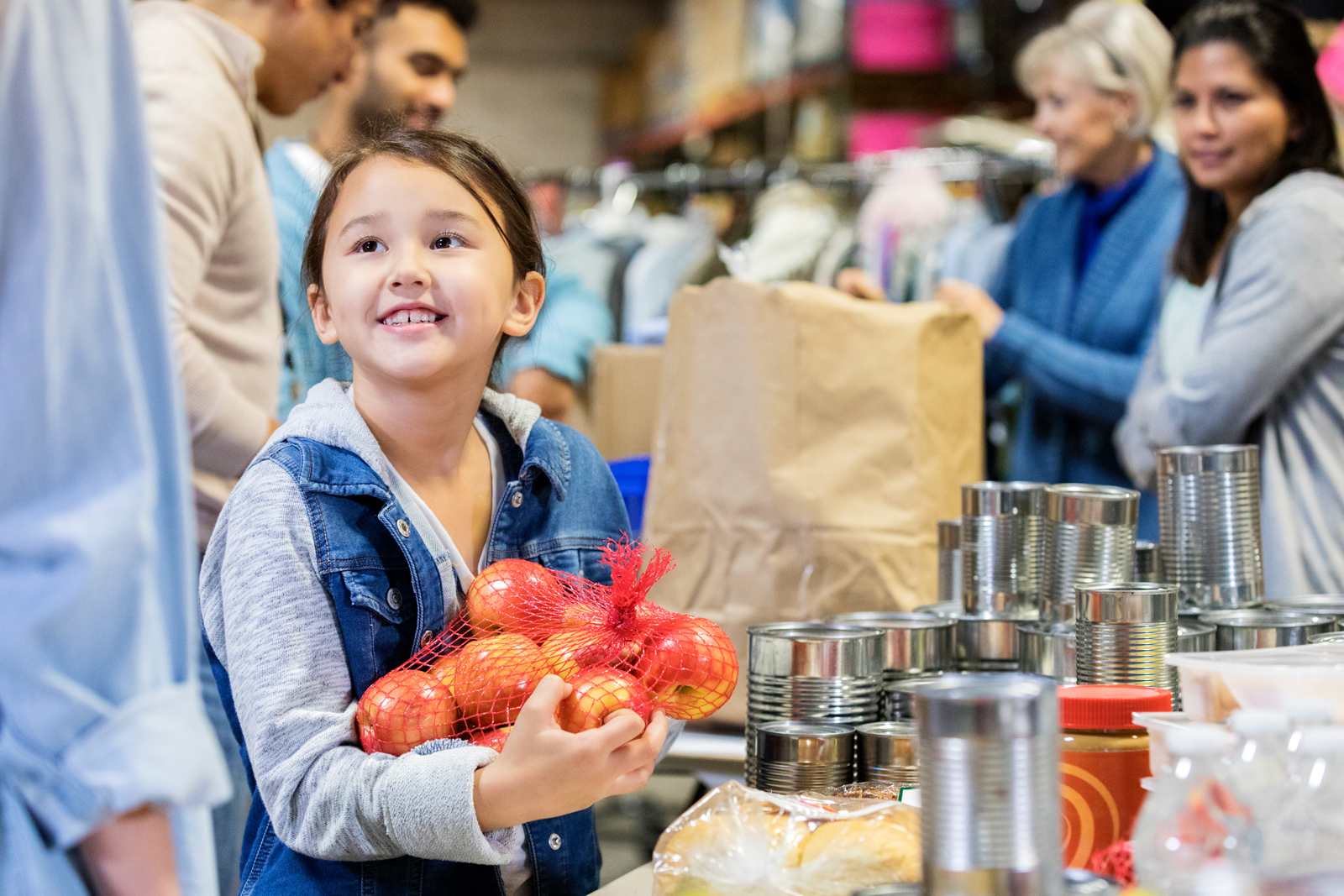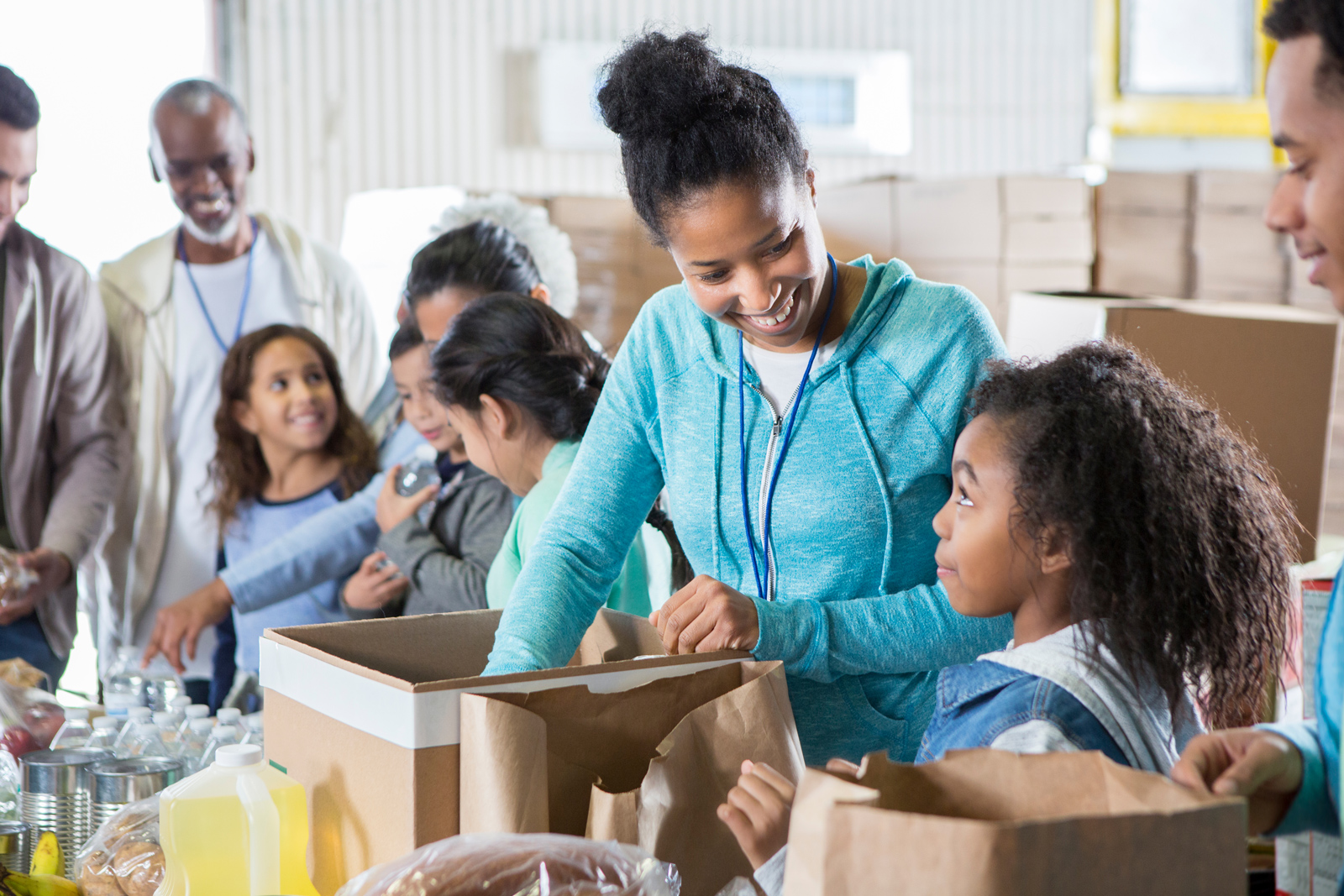The Everyday Play Collection

I am thrilled to unveil a project that has been months, possibly years in the making. Meet the Everyday Play Collection! Have you taken a moment to check it out already? If not, you definitely must. I am pretty confident that once you do, you’ll be returning time and again. But first, let me tell you a bit more about Everyday Play – what it is and how it came to be.
In creating Everyday Play, I have brought together all the things I value when it comes to clothing, both as a mom and as a maker. First, I found all the most useful separates and accessories. Then, I added beautiful, timeless patterns that you and your littles love. Finally, I made it all happen with the principles that form the foundation of KID things: items created with both kids and parents in mind, constructed by hand, with the utmost care, from quality materials. The result: a signature collection of modern essentials in which your littles will play every day.
Essential Styles
I have created so many different items for your children over the years, and I have listened to your feedback. I really wanted the Everyday Play Collection to be made up of classic, essential styles, the ones you reach for each day. So, I first chose long-time best sellers that I’ve been making for ages, such as the Charlie Bloomers, the Avery Slim Harem Leggings, and of course our bibs. Then, I selected customer favorites from seasonal releases, like the Luna Dress and the Harley Skirt. Some, I took as they are. Others were perfected. For example, I changed our Logan Romper style to include snaps at the legs for easy and quick diaper changes. Finally, I looked at the gaps and added some new pieces to round out the line. Some new styles in this collection are the Maya Skirt and Frankie Leggings.
The result is a curated, signature collection of core pieces that our customers already love, and some which I think you’ll love for years to come. How do I know you will love them? Well, first and foremost, I’m a mom. When you become a parent, you look at everything through the eyes of your child, always keeping their happiness in mind. My husband and I are parents of 5 kids, and we’ve heard it all. My daughter Simona went through a phase in her toddler years where the toe seam in socks was too uncomfortable to bear. My eight year old son still refuses to wear jeans or any type of constricting pants, and tries to avoid underwear at all cost (it’s a constant battle). Most of the styles I carry in my shop were first made for my kids – vocal critics, generous with praise, and always happy to share their opinions. I know what they like, and these styles have all earned high praise. Second, at KID things we strongly believe in supporting small businesses just like ours, and so we work with only independent pattern makers. All of our clothes were designed by other small shop owners, moms just like me and you, who have the same stringent approval criteria. I can guarantee that their first pattern testers were their own kids, and they also made sure to publish only the favorites. I know that the styles we’ve chosen for Everyday Play are the good ones.
Every once in a while, I receive an e-mail from a customer that states something like: “We got a pair of your bloomers as a gift for my baby shower, and we loved them! We buy a pair every summer.” There is something magical about knowing something will fit this year because it fit perfectly last year. With Everyday Play, we want to provide that same level of consistency for you and your little ones, so you always know what you’re getting. The styles will remain the same year after year, so you can keep coming back for your favorites.
Perfect Prints
Needlepoint Stripe
It was probably six years ago that I decided to include leggings in my shop. I wanted to create bottoms that coordinated with all our hand-embroidered sets, and would work for all seasons. I finally settled on the Avery Slim Harem Leggings, and my first print was Make Embroidery Cool from the Maker Collection by Art Gallery Fabrics, known in this shop as Needlepoint Stripe. The print was absolutely perfect – it includes every shade of green, it is gender neutral, and the hand-stitched motif celebrates my own embroidery. I remember buying 3 yards of the cotton jersey to get the bulk discount, and wondering how I would ever use such a huge amount of fabric. Well, many bolts of fabric and many years later, this is still our most popular legging print. The fabric itself is now out of print, but I have stocked up on as much as I could find floating in cyberspace, and I’m so happy to now offer it in other styles as well.
Geometric Triangle
When I decided to expand our product line to include Charlie Bloomers, I added two patterns from the Succulence collection by Bonnie Christine: Rosette in Rain and Arboretum in Dawn. Arboretum, known in this shop as Geometric Triangle, stuck around for the same reasons as Needlepoint Stripe. It is timeless, seasonless, gender neutral, and beautiful in its simplicity.
Cozy Check
Last fall, we featured Bonnie Christine’s Wooly in Umber from the Lambkin Collection in our fall release, and you responded with enthusiasm. I called this one Cozy Check, because when I look at this pattern I think of cozy fall evenings, rain and falling leaves outside, watching a movie on TV, with the fireplace on, popcorn in my lap, and a mug of hot tea on the coffee table. The fabric is so cozy as well – made by Art Gallery Fabrics, the cotton jersey especially feels like you just fell into a soft cloud. Our craft show shoppers responded, and I got a ton of orders for lounge sets in this print. As part of Everyday Play it will now be available year round, but I know it will be especially popular in the fall.
Avocados
And finally there’s Avocados. This print is officially called Avocados in Camel and it’s part of the Vintage Fruit Collection by Mindy Young of Indy Bloom Design. When I first saw this print I immediately envisioned a craft show display entirely populated by these avocados – think bloomers and leggings and rompers galore. The design is so clean and simple, yet sometimes beauty really lies in a light touch. It’s modern – the colors and motif – and yet has a vintage feel. It is perfect for girls and boys. It’s seasonless, because as far as I can tell, we eat avocados year round. In other words, I LOVE IT for all the reasons. At craft shows, all small Avocado batches immediately flew off the hangers, which meant you loved it too. So, we welcome this newest print to the Everyday Play Collection – I know this guy will be a classic for years to come.
Our Core Values
The Everyday Play Collection is more than just last week’s launch. Rather than a one-time event, I see it as a framework that will define KID things for a long time, a kind of blueprint for the future. I do hope to hear from many of you for years to come. I want you to tell me that you’ve bought several Luna Dresses each year because they are your daughter’s favorites, and they’ve fit her perfectly since she was 6 months old. As KID things continues to establish itself as a children’s brand, I hope that we will grow right along with your little ones, and that we’ll be a part of their everyday joy and play.
Thank you for your support. Now go on and take a look at the Everyday Play Collection right HERE.
